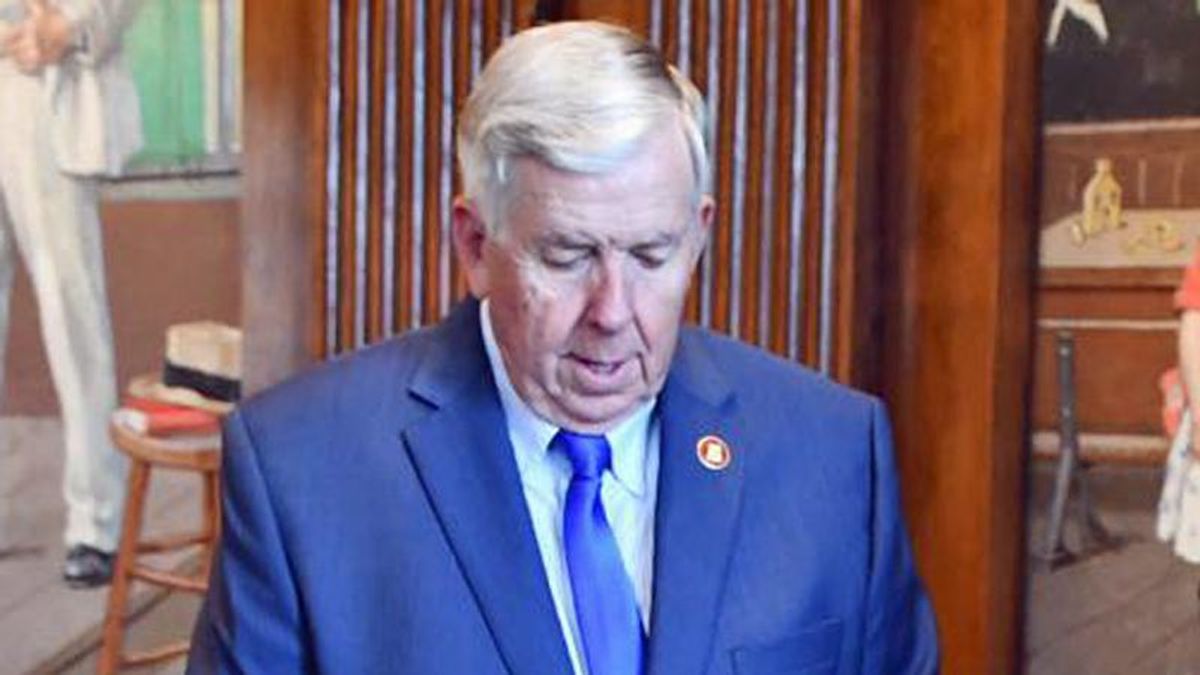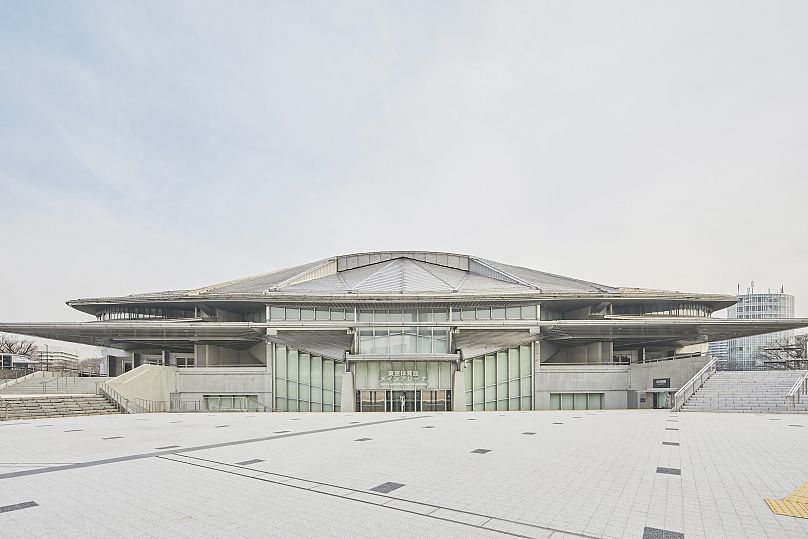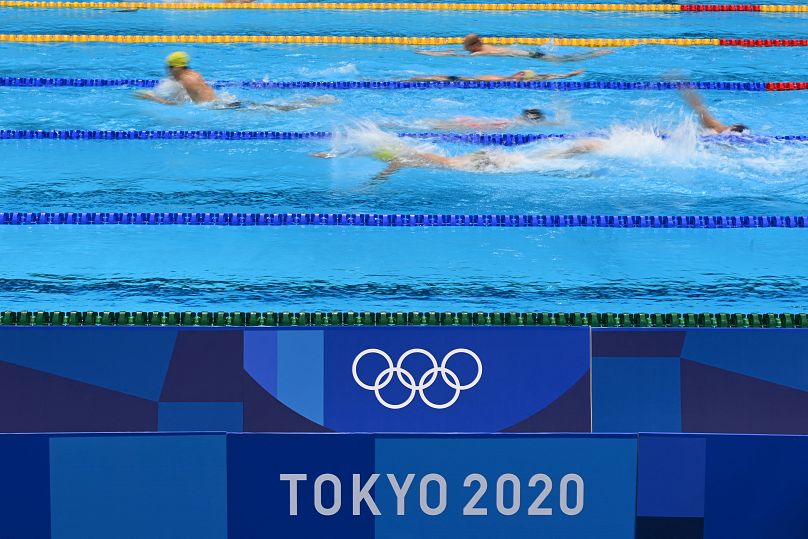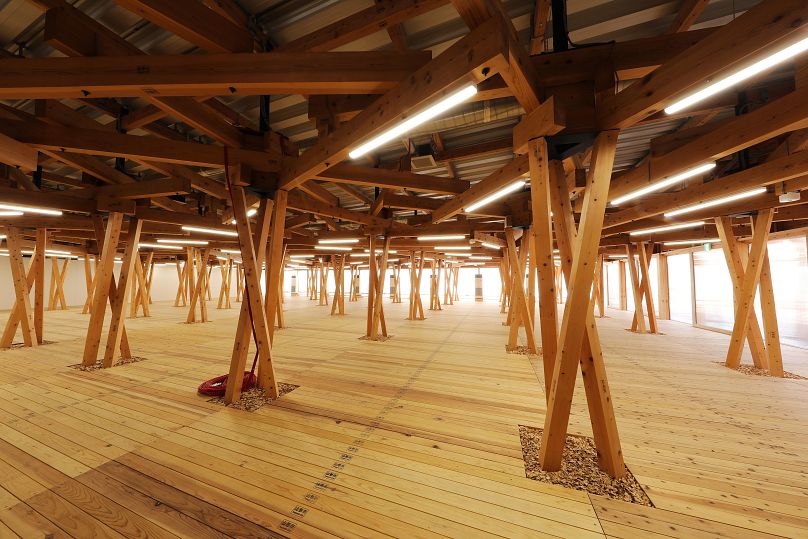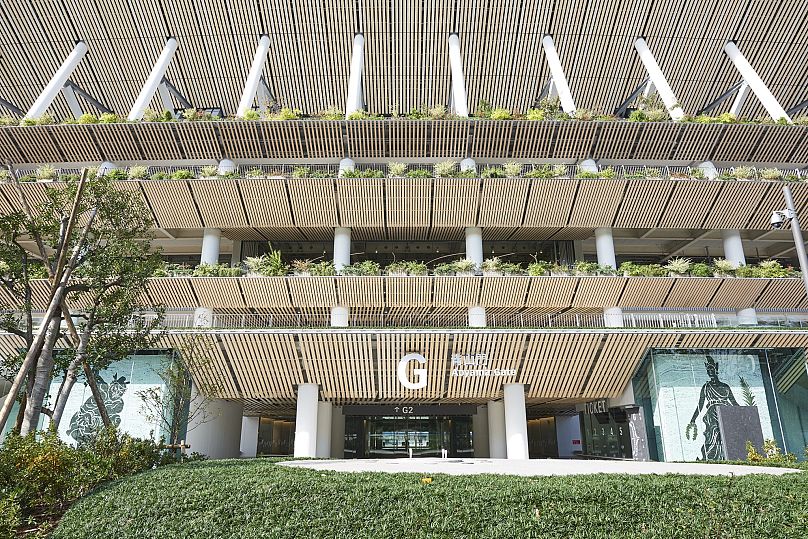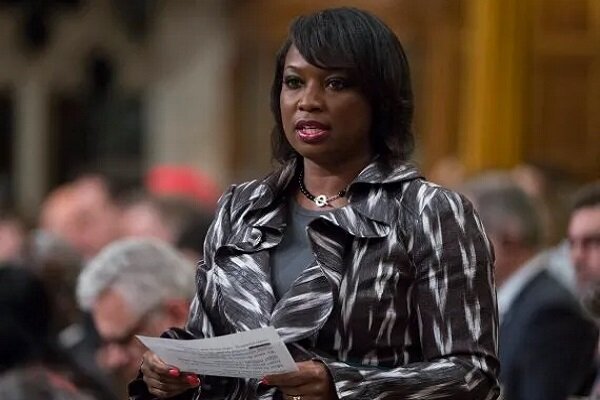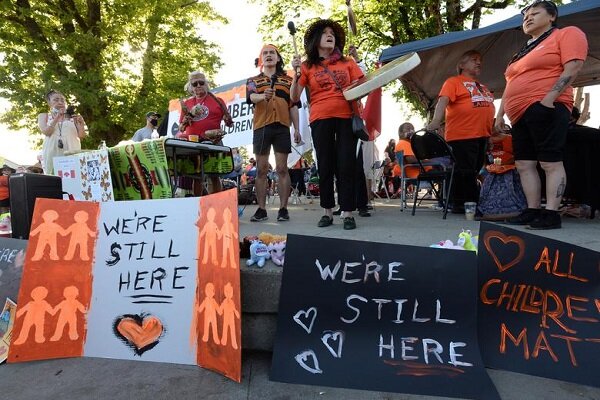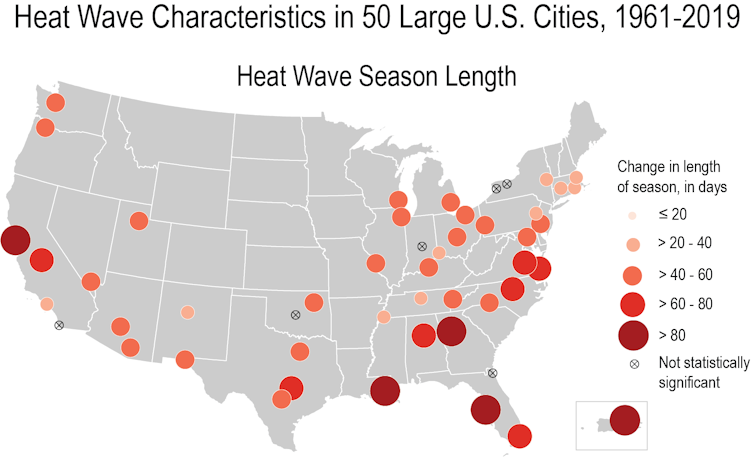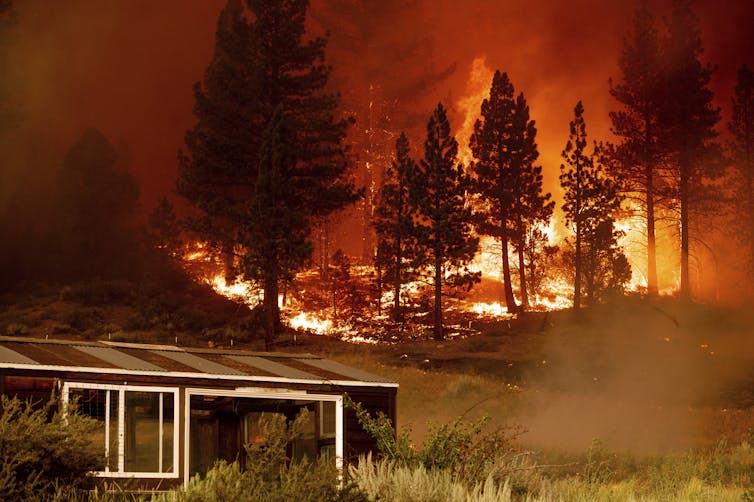He stating that “This ignorance led America to be humiliated in Afghanistan. After that raucous invasion 20 years ago and after having used weapons and bombs against defenseless people and civilians, it felt it had become stuck in a quagmire and eventually withdrew its forces from that country.”
This is a certain reality that America was humiliated in Afghanistan many times. The peak of this humiliation was when Joe Biden confessed that he no longer wanted to see American soldiers being killed there after twenty years of occupying Afghanistan. Being ashamed of more than 2,400 soldiers being killed and approximately 21,000 being wounded, Biden withdrew all American forces from Afghanistan in such a way that the American people witnessed the greatest failure of their country in contemporary times after the Vietnam War. Biden said, “I am now the fourth United States president to preside over an American troop presence in Afghanistan: two Republicans, two Democrats. I will not pass this responsibility on to a fifth.”
The Afghans’ fight to free their country from the occupation of the arrogant NATO forces and particularly their continuous resistance to the White House occupation was another factor that led America to be humiliated.
The US deployed its army to Afghanistan like other superpowers would and left Afghanistan when its power was waning. American politicians realized quite well that the willpower of nations is much stronger than their torturers, killers, planes and missiles targeting the innocent people of Afghanistan.
America was also humiliated when they sat across from the Taliban leaders in Doha. They sat humbly before the Taliban asking them for their own soldiers’ security while they had come to Afghanistan to fight the Taliban terrorists and provide security for Afghanistan! Even though they had come to Afghanistan under the slogan of defending women’s rights, in Doha they approved of and accepted the Taliban as a supporter of women’s rights. In referring to the Islamic laws that support women’s rights, they expressed hope that the Taliban movement would fulfill its commitment to women.
America was also humiliated by the Taliban after announcing the withdrawal of its forces from Afghanistan. The Taliban accused the US of violating the Doha agreement and said, “The US has violated the Doha peace agreement by postponing the withdrawal of its forces from Afghanistan. Based on the Doha peace agreement, American forces should have left Afghanistan by May.”
The US’s humiliation of being accused by the Taliban terrorist group of breaking their agreement will remain in the history of that country.
The US was also humiliated in its own country. The occupation of Afghanistan cost the American taxpayers two billion dollars. Now a fundamental question that remains for the American people and particularly its intellectuals is, “If Taliban was a terrorist group, which was the reason for the US and NATO forces occupation of Afghanistan for twenty years, then why did you enter into negotiations with this group and why did you agree to withdraw your military forces?” Another question raised by intellectuals is, “How is it that after spending two trillion dollars in Afghanistan, not only terrorism was not defeated, but the terrorist group ISIS entered Afghanistan too?” One Afghan official said that if the Americans had given 20 cents of each dollar (they spent in Afghanistan) to us, we would have been able to build our country and train our forces. Indeed, if America had spent that two trillion dollars on building hospitals, schools, and universities, funding development projects and fighting narcotics and the farming of narcotics, would it have withdrawn from Afghanistan “humiliated”?
The US withdrawal from Afghanistan proved that this country is no longer the superpower of the world and cannot impose its will on nations. During the twenty years of its occupation of Afghanistan, the Americans were continuously exposed to humiliation. The US’s inhumane measures, which led to the destruction of Afghanistan, and the shameless actions of their soldiers in the Afghan prisons that were in opposition to human rights, not only led to the humiliation of the White House internationally, it also incited the endless hatred of the Afghan people toward the occupiers.
The Afghan people’s resistance shattered the US’s grandeur and the same will happen in the case of the US crimes against the people of Palestine, Yemen, Syria, and Iraq, because the resistance forces in the region have found the courage to defend their rights against the aggression of the US and its allies.
In his message on the occasion of Hajj 2021, the Leader of the Islamic Revolution referred to the US’s continuing plots against regional countries. He advised that the vigilant Afghan nation remain watchful concerning America’s tools for gathering intelligence, its soft-war weapons in this country and to vigilantly fight them.
One of the soft-war weapons used by NATO and the US in Muslim countries is transforming the culture of these countries. The West plans to spread the Western lifestyle in Afghanistan by promoting the culture of liberalism. At the same time, they wish to surreptitiously, slowly, quietly alienate the Muslim people of this country from their Islamic culture. These goals have been proposed by the Foreign Ministers of Western countries in international summits under the title of creating a civil society in Afghanistan. In claiming to defend women’s rights, they imply that not wearing the Islamic covering is a factor for women’s development in Afghanistan. The strategic plan of the NATO policy makers in Afghanistan, which will continue in Afghanistan even after the withdrawal of the military forces, is to use modern communication tools for institutionalizing the cultural superiority of the West in this country. Due to their strong religious roots, the people of Afghanistan will never accept the spread of the secular culture of the West or its promiscuity and unrestraint. In this area, the religious scholars and intellectuals should enter the field to protect the Islamic culture and identity of their country.
On the other hand, America does not want the Afghan crisis to be solved and they want the withdrawal of US forces from this country to create a new round of crisis and insecurity. Following the US withdrawal, its mission in Afghanistan is likely to be taken over by third party countries such as Saudi Arabia and Turkey and terrorist groups such as ISIS or the military branch of Taliban. The US forces will be replaced by intelligence services in Afghanistan and the Pentagon is interested in continuing its political presence and role as an advisor in Afghanistan. The people of Afghanistan should restore the national unity they had when fighting in the way of God. The government and ethnic groups, particularly the Taliban, should realize that the crisis in Afghanistan cannot be solved by military means. The best action to be taken is to declare a ceasefire and to continue internal negotiations. In this way, the legal structures may be kept and based on the people and the influence of different ethnicities and groups, a Government of National Reconciliation can be established.
This article has been first published on Khamenei.ir
MAH
